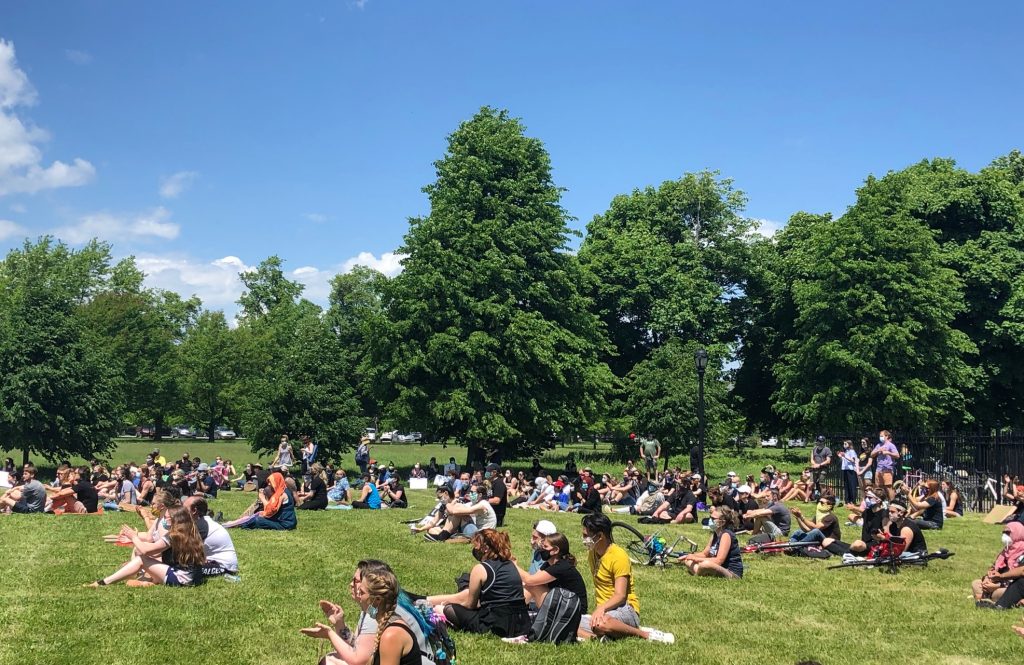

Trees and forests are always subject to political winds of change, whether they’re blowing from the left or from the right. This time, efforts to improve urban tree cover are the ecological pawns in a backlash against any policy that admits to America’s history of racism.
Susan recently posted on our Facebook page about a Black organization in the city of New Orleans losing funding it had been promised to restore tree canopy decimated by Katrina. It was part of environmental justice funding that was disbursed under the Inflation Reduction Act and therefore ran up against the Trump administration’s antipathy against anything it sees as a DEI (diversity, equity, inclusion) initiative.
Buffalo, where I live, has lost similar funding – from the same source – meant to improve the urban canopy of communities on the city’s East and West Sides that are also lower income neighborhoods. Of course, the grab-back is being fought, but it will take time, which is exactly what you don’t have when it comes to trees.
Urban tree canopies across the U.S. are at their weakest in low-income census tracts. One reason for that weakness goes back to racist real estate covenants that decided where the “nice” neighborhoods should be.
Researchers have found that real estate redlining established in the 1930s – which ranked neighborhoods from “A” to “D” – and racist covenants that helped create segregation have a direct correlation to lack of tree cover. The statistics are clear: A 2022 paper in the journal Landscape and Urban Planning indicates that – in 37 metropolitan areas – D-ranked neighborhoods averaged 23% tree canopy, compared to 43% tree cover in Class A areas.
Other studies confirm the disparities in tree cover between lower and higher income areas, though they may not cite redlining and covenants as a reason.
I don’t think Rant readers would need to be told why trees are desirable in cities, but here you go, anyway: They provide shade, thus decreasing heat and the energy use needed to combat heat. They sequester carbon, help clean the air and their roots soak up excess water, so heavy rainfall is less likely to send a combination of raw sewage and stormwater runoff into local waterways.
I have written about this a few times, and it was really quite shocking when I drove along East Side streetscapes – or visited them via Google maps – and noticed entire blocks with maybe one tree. Many also lacked places to put trees. Temperature studies showed 4 to 6 degree differences in summer heat in these untreed neighborhoods, and – though Buffalo extremes would not be as dangerous as those in New Orleans – Buffalo is getting hotter.
What is the point of defunding tree programs? Their purpose is to improve public health, reduce energy use and help prevent flooding. Sadly, in today’s bizarro world, anything meant to protect the environment is automatically suspect – add the word justice to it and the suspicions are confirmed.
Trees will be planted nonetheless. But it will take longer.
Image at top: Buffalo’s Olmsted parks are urban refuges.
When the need for tree cover is questioned originally appeared on GardenRant on March 18, 2025.
The post When the need for tree cover is questioned appeared first on GardenRant.
